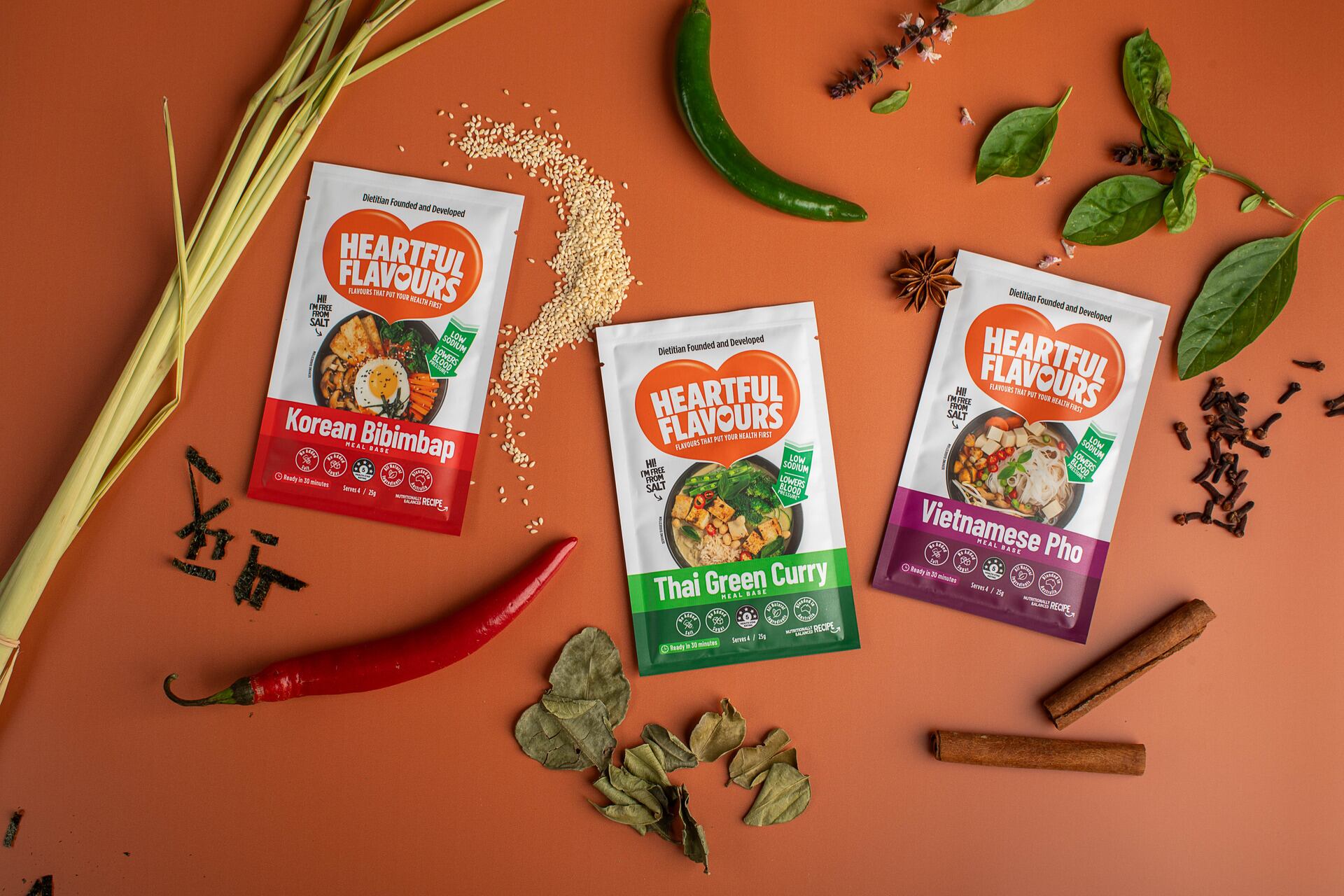The nationwide survey of over 350 UK consumers, conducted by HRA Global and Rochester PR Group, was published in Q3 2024. It revealed that Asian cuisine is the top choice for those open to trying international food, followed by European, Indian, and Middle Eastern cuisines.
While UK consumers have embraced international staples, their understanding often remains surface-level, presenting opportunities for brands to introduce more authentic and diverse flavors. To succeed, brands must research what’s already available and identify untapped potential.
“I’d say the first wave of awareness has already occurred – people recognise the basics, such as Korean staples kimchi and gochujang, and Japanese teriyaki sauce and sushi. But there’s room for introducing more authentic flavours. Desserts, snacks, or lesser-known dishes could make an impact.
“There are opportunities for more authentic flavours to make an impact. Perhaps what we currently associate with certain cuisines, like Thai, isn’t as authentic as it could be. This offers opportunities for brands to showcase true regional flavours, resonating with consumers eager for new experiences,” said managing director for Rochester PR Group Joanna Dodd.
This means that brands could do well if they play up the heritage for their marketing efforts, which will benefit those targeting to enter supermarkets – retail channels that are already crowded with international products.
Standing out in crowded retail spaces
Consumers are highly dependent on supermarkets, with 90% indicating that they buy international products from stores like Tesco, Sainsbury, Asda, and Morrisons.
Additionally, 44% said they would buy from speciality stores like Asian supermarkets or grocery stores, and 30% indicated they would purchase international food from online retailers like Amazon and Ocado.
Dodd therefore stressed that it is essential for brands to tell compelling stories and create distinct identities.
For example, Australian and New Zealand brands have the unique challenge of blending into international markets due to English-language packaging that does not immediately signal their origin. To stand out, they must choose between leveraging their regional heritage or competing directly within their category, unlike other international brands that are more easily identified by their distinctive packaging and branding.
This focus on authenticity is tied to the key drivers that influence purchases.
Travel and social media influence
Global influences, including the rise of Korean culture through K-pop and Netflix dramas, are driving UK consumer interest in new cuisines. Social media and international programming have broadened access to diverse culinary inspirations, a stark contrast to the past when exposure was limited.
“It’s fascinating how our food influences now come from so many different sources. Years ago, if you didn’t find it in a food aisle, there were very few ways to learn about it. Now, with social media, international programmes, and global exposure, it’s a completely different landscape.
“There’s also the impact of travel. In the past, most people stayed closer to home, and long-haul travel was less common. That’s changed, and now people often draw inspiration from the food they’ve encountered on their travels and try to recreate those experiences when they return to the UK,” said Dodd.
Emphasising provenance – highlighting where a product originates and its role in creating authentic flavours – will therefore resonate with consumers looking to recreate experiences.
For example, while convenience products like ready-to-cook curry kits and instant noodles are popular, consumers also seek authenticity so that they can recreate what they experienced and saw via travelling and on social media.
Dodd also attributed the growing popularity of noodles to their frequent appearance in quick and convenient social media recipes. This, combined with rising awareness of Asian ingredients like gochujang and a trend toward cooking with specific items like pastes and sauces, is fuelling consumer interest in Asian-inspired dishes.
Survey data highlights these influences – 40% of respondents cited social media or food blogs as key inspirations, while 45.2% said travel inspired them to try international cuisines.
However, brands should not neglect taste and flavour, which is the top priority when consumers were asked to rank eight factors in order of importance when buying international products.
Participants ranked price as the next most important factor, followed by ingredient quality and nutrition. Health benefits ranked fifth and interestingly, authenticity ranked sixth. Sustainability is at seventh place and country of origin was the least important.
Overall, Dodd observed that the UK market shows a significant and growing interest in Asian and Middle Eastern foods, with consumers readily embracing unique flavours and textures that these cuisines offer: “As this interest grows, we can expect to see even more diverse and regionally specific products enter the UK market, especially as consumers become increasingly adventurous and open to experimenting with new flavours in their diets.”
HRA Global managing director Hamish Renton agreed, adding that UK consumers are moving beyond staples like Chinese and Indian, and are embracing other Asian cuisines like Filipino and Thai dishes as well.
“Expect to see a surge in Asian fusion, combining traditional flavours with Western techniques, and continued innovation with fermented ingredients like kimchi, miso, and gochujang. As consumer palates expand, street food-inspired creations and sustainable sourcing will drive the evolution of this dynamic market,” said Renton.





